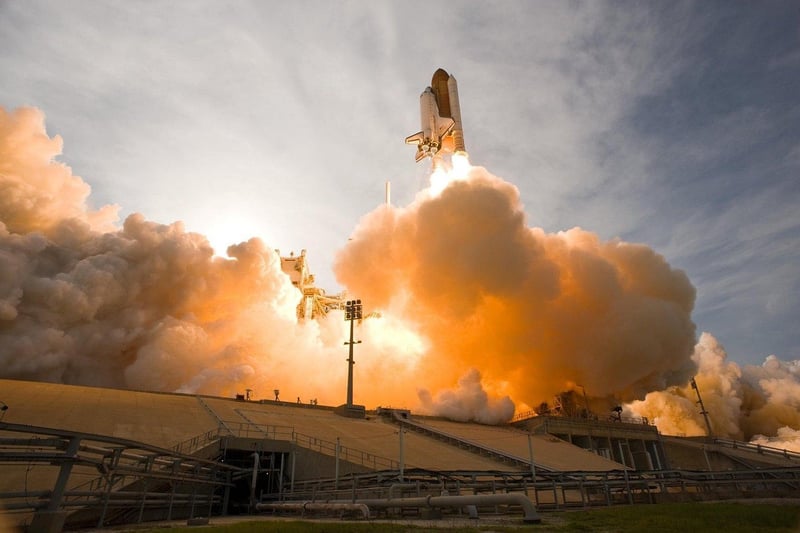Manned missions
The Future of Space Exploration: Technology for Deep Space and Manned Missions
Space exploration has always been a fascinating frontier for humans, pushing the boundaries of technology and human ingenuity. As we set our sights on deep space and manned missions to explore distant planets and beyond, the need for advanced technology becomes crucial. Let's delve into the exciting tech that is shaping the future of space exploration.
1. Ion Propulsion Systems
Ion propulsion systems are revolutionizing deep space travel by providing efficient and long-lasting propulsion for spacecraft. Unlike traditional chemical propulsion systems, ion propulsion uses electric fields to accelerate ions, resulting in higher speeds and lower fuel consumption. This technology is ideal for long-duration missions to Mars, asteroids, and beyond.

2. Life Support Systems
For manned missions to deep space, robust life support systems are essential to sustain astronauts during extended journeys. Advanced systems that recycle air, water, and waste are being developed to ensure a closed-loop environment within spacecraft. These technologies are crucial for enabling long-duration missions to Mars and beyond.

3. Autonomous Robotics
Autonomous robotics plays a vital role in space exploration by assisting astronauts in tasks such as maintenance, repairs, and scientific research. Robots equipped with AI and advanced sensors can operate in hazardous environments and perform tasks with precision. These robots are essential for preparing habitats on distant planets before human arrival.

4. In-Situ Resource Utilization
In-situ resource utilization (ISRU) involves using local resources such as water, minerals, and gases found on other planets to sustain human missions. By leveraging ISRU technologies, astronauts can produce fuel, water, and oxygen on-site, reducing the need for Earth-based supplies and enabling sustainable exploration of deep space.

5. Advanced Propulsion Concepts
Exploring deep space requires propulsion systems capable of achieving high speeds and maneuverability. Concepts such as nuclear thermal propulsion, solar sails, and antimatter propulsion are being researched for interstellar travel. These advanced propulsion technologies could revolutionize our ability to reach distant stars and explore the cosmos.

As we look towards a future where humans venture deeper into space than ever before, these cutting-edge technologies will play a vital role in enabling safe and successful missions. By harnessing the power of innovation and collaboration, humanity is poised to embark on a new era of space exploration, paving the way for discoveries that will shape our understanding of the universe.
